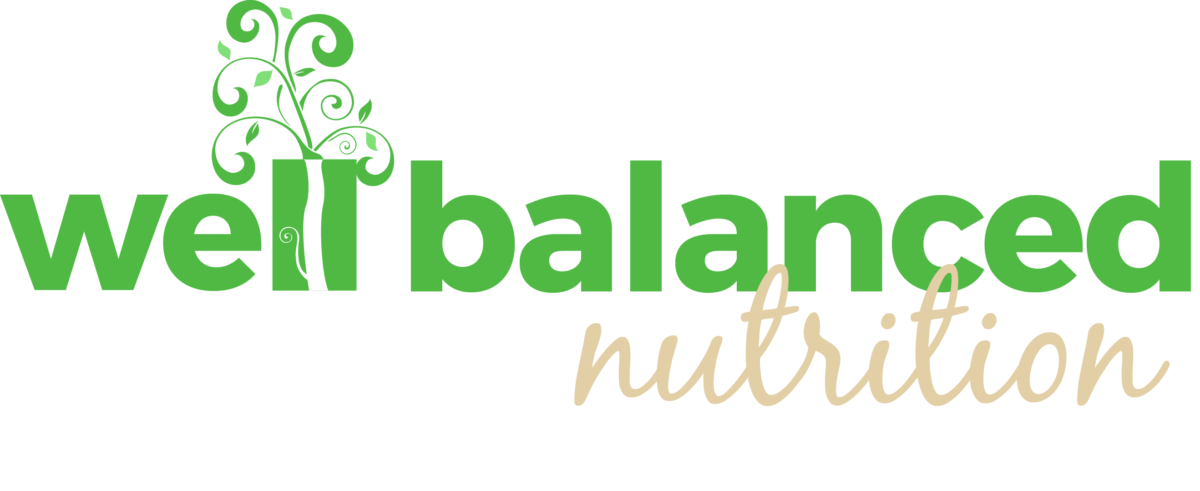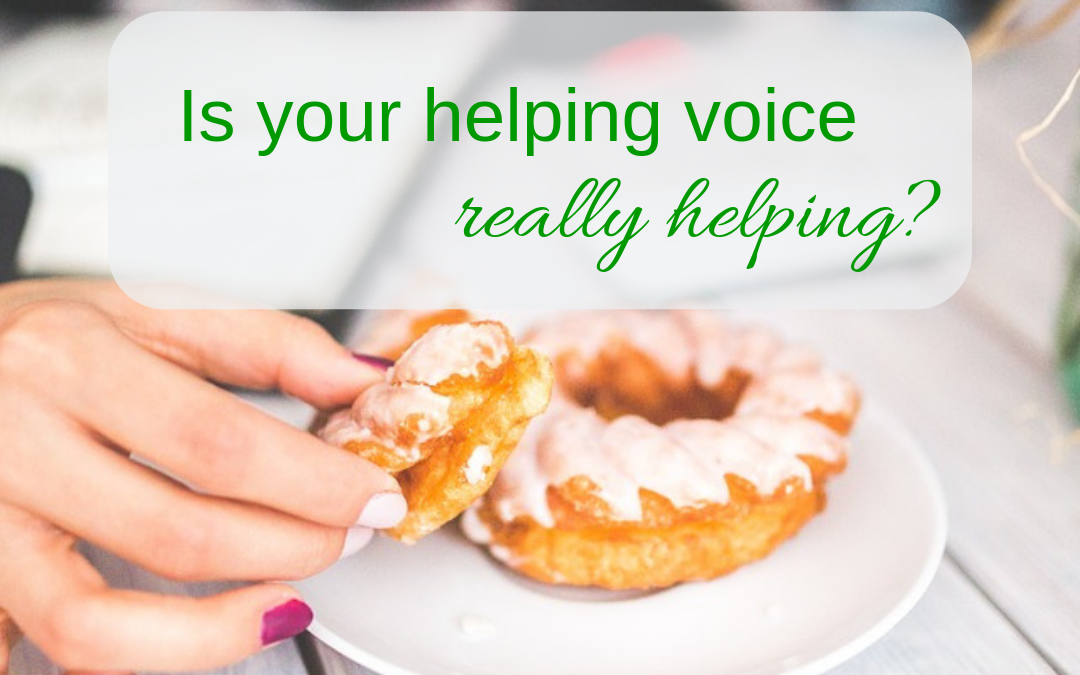
by Lucy | Feb 12, 2019 | Nutrition Questions Answered, Well Balanced Wisdom
You know that little internal conversation you have when staring at the buffet table, open bar or other indulgent food (or beverage) choice? There’s often opposing voices or thoughts going through our minds such as “it’s not that bad, “or “you know, you really don’t need that…”
You are normal
The good news, you are not crazy if you are hearing voices too! In fact, most of us have an inner helping and sabotaging voice. I think of it as friends versus an accomplice. Our friends help us when we feel down by saying comforting words that are uplifting and encouraging like this exchange with my best friend, Gretchen:
Me: I have a craving to quit my job, eat icing out of a plastic tub, and drink a margarita. Apparently, I’m feeling stressed…
G: Is it weird that we have all the same stress things? LoL
Me: Hahaha no, makes me feel less strange. And probably just confirms the soulmate best friend thing 😛
G: What’s got you so stressed?
Me: It’s the story I’m making up around people canceling or rescheduling last minute (clearly appointments with me don’t matter… Yada yada yada)
G: I’m sorry babe. I know that gets to you. You are amazing and important. Everyone overbooks and overdoes this time of year. That’s all it is.
See how Gretchen affirmed my feelings and gave me a chance to process through my negative thoughts? On the flip side, my thoughtful office mate, Richard, is more of an accomplice. When I told him that I was stressed out and craving sugar and/or booze he offered me animal crackers with icing and a beer or wine from the mini fridge. Not that he was purposely trying to sabotage me! On the surface, it sounds like those external stimulants or numbing agents are the cure to our problems, but we typically feel worse about ourselves after using comfort foods to “feel better.”
The answer is in you
I can tell you in moments of stress nothing outside of us can make what’s going on inside feel better. Sure, the chocolate may light up some happy hormones in your brain which could temporarily take away the sadness. However, often when we turn to food or a drink to deal with negative feelings those choices cause guilt or shame, which leads to the downward spiral of making more unhealthy choices.
Recently, while speaking with the client, she mentioned when she eats ice cream with her son in the evening or on weekends her sabotaging voice will say “it’s OK, you’ll do better tomorrow.” I asked, “what does your helping voice say in opposition?” She responded, “I tell myself ‘you know you’re already gaining weight and you don’t really want to gain more weight’.”
Did you notice her helping voice sounds super judgmental?
Is that helpful?
Instead, I asked, if her friend called and explained she was feeling upset and was about to eat a pint of Ben & Jerry’s ice cream “what would you say to a friend you know is trying to lose weight?” She had much more supportive words for her friend that did not include justifying or shaming her choice to eat ice cream.
Food for thought
What kind of stories is you’re sabotaging voice telling you? When do you notice yourself reaching for food or a drink to soothe your negative emotions?
How can you respond to these cravings as a friend instead of an accomplice?
Looking for a friendly dietitian to help you sort out your food cravings? We can help 🙂

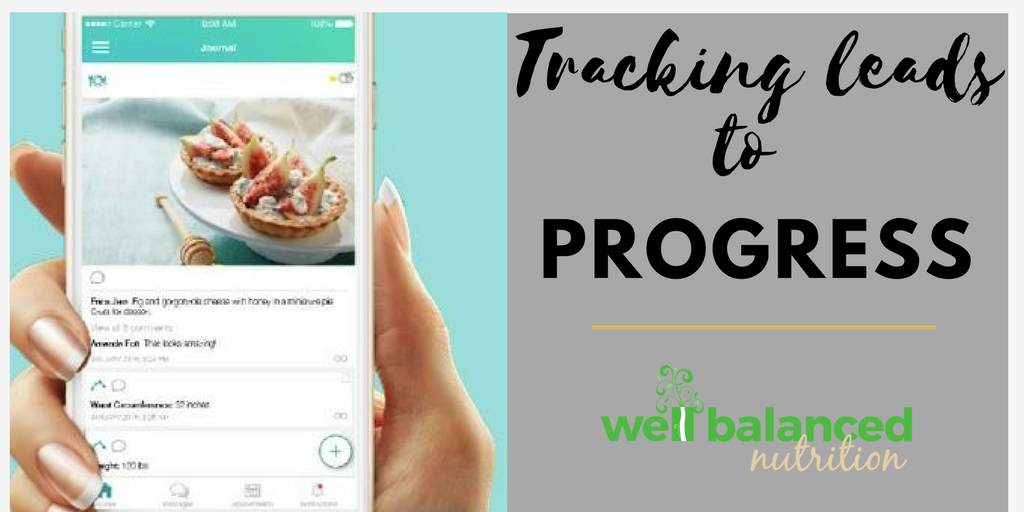
by Lucy | Jul 31, 2017 | Motivational Mondays
Revised: Monday, July 31, 2017
“You cannot manage that which you do not measure.”
Peter Drucker
As dietitians, Kristen and I are big advocates of food journals. I know, I know… Oh, here it comes. This request is often scoffed at when brought up; however, a recent literature review suggests that self-monitoring is the cornerstone of behavioral weight-loss treatment. What’s more, is recognizing that keeping a food journal does not guarantee change; however, having a coach that is also keeping track of your progress can improve outcomes dramatically.
I sometimes ask clients to keep track of everything that’s going in – including food and beverages – before an initial assessment or follow-up. Similar to the doctor asking for blood samples, it is essential for a dietitian to know about your food habits. In reviewing our top posts about tracking, I discovered that every one of our #TransformationTuesday stories, such as “It’s a Journey, Latoyia’s Baby Steps are Paying off,” include some form of self-monitoring.
The good news is, keeping a food journal is not only easy and one of the most effective means of behavior change. It’s also a great way to keep yourself on track. You don’t have to be precise. Just be consistent. Try it! You might like it :-).
And MORE good news! We are now offering the Healthy Habit Tracker for a FREE 1-month trial when you sign-up in August. This handy tool is powered by Healthie, offering:
- EASY: No calories or points to worry about here. Simply snap a photo of your meals and snacks.
- ACCOUNTABILITY: Both you and your dietitian can see your entries which can keep you accountable.
- FEEDBACK: Get frequent feedback and non-judgemental advice from Well Balanced Nutrition dietitians
- FUN: take a healthy selfie (aka a Healthie!), track your workouts, rate your hunger and track your metrics so you can see how far you’ve come.

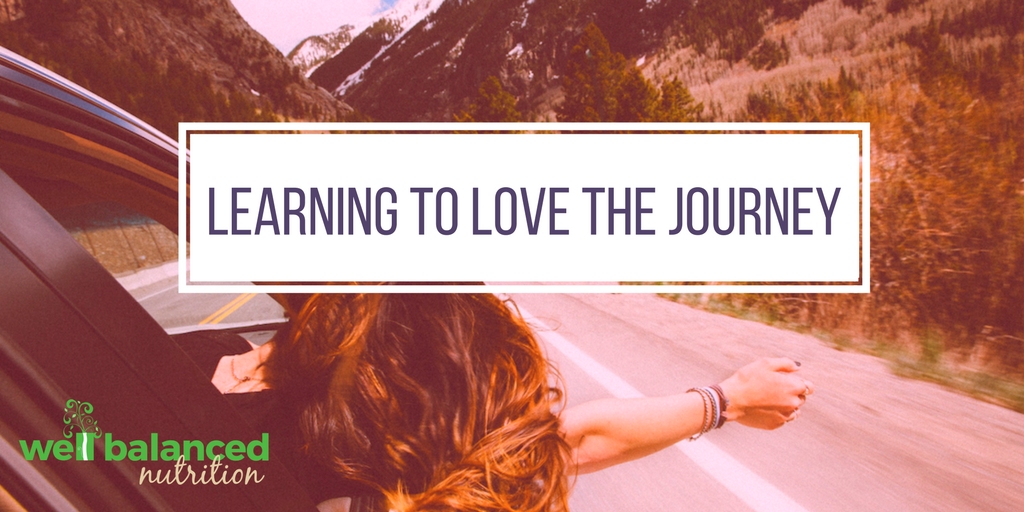
by Lucy | Jul 1, 2017 | Motivational Mondays
Monday, June 26, 2017
Growing up, my mom always called me her “journey girl.” Then I got to college and had to get to class, keep up with the other hyperactive dietetic students, and juggle school work with an active social life (good ol’ University of Dayton memories). For a while, life became less about the journey and more about getting to my next destination. 
Thankfully, in 2014, I got a message from the universe – God – that it was time to get back to my roots. Over the past couple years, Kristen and I have brought you different methods of mindfulness, especially mindful eating techniques. Today I want to share an example of how learning to love the journey will help you be happier and healthier.
The worry effect
I have a friend, we will call Wendy, who lives life little bit like Rabbit from the cartoon Winnie the Pooh. Wendy is constantly talking about all of the many stressful parts of her life such as being a nanny to her 2 young nieces, keeping up with the projects she has promised to her friends, and worrying about what is going on at the White House. I get it! There is plenty in this world to worry about. However, Wendy wants to be healthier, happier, and lighter. She noticed while traveling and taking a 6-week respite from the nannying job that she did not restrict her eating (and enjoyed some “high test beer”) yet she lost 2 pounds on her vacation. Wendy found when she incorporated joyful movement, such as walking to enjoy the sites and scenery it no longer felt like dreaded exercise. And when she mindfully enjoyed small tastes of the local foods and beverages she did not overindulge. On vacation, Wendy was present, peaceful, and making mindful decisions, which helped her mind and body relax. When we are under stress our bodies secrete cortisol and adrenaline, which we term a fight-or-flight response. At the same time, decreasing the output of human growth hormone, which is responsible for stimulating growth and cell reproduction. If you live in a constant state of worry or stress it is likely your body is perpetually in a fight-or-flight response hormonally. In fight-or-flight, the body responds by increasing blood pressure and glucose (sugar in the blood), while decreasing the immune system.
Food for thought
If you can relate to Wendy’s story, and you are ready to start enjoying your journey, the first step is to take a moment to reflect and identify your own fears, worries, negative thoughts, and stressors.
Next step, as my wise Uncle Ron recommends we need to ask, what’s in my control to change and what do I need to let go? Aside from talking to your local representatives, there is not much you can do about the situation in Washington DC. If you find your habit is to listen to the news or read the headlines first thing in the morning, only to spend the day worrying about all that bad news, perhaps you can let that go or choose to read those updates less frequently.
Lastly, let’s make it a priority to include activities in our lives that will make us feel happy and better cope with the circumstances we cannot change. As we know from all the safety training on the airplanes, it is vital that you put on your own oxygen mask first. What’s one thing you can add to your morning routine or day that will feel good and inspire you to make other choices that feel good? Tell us in the comments below to share a bit of inspiration and happy habit ideas!

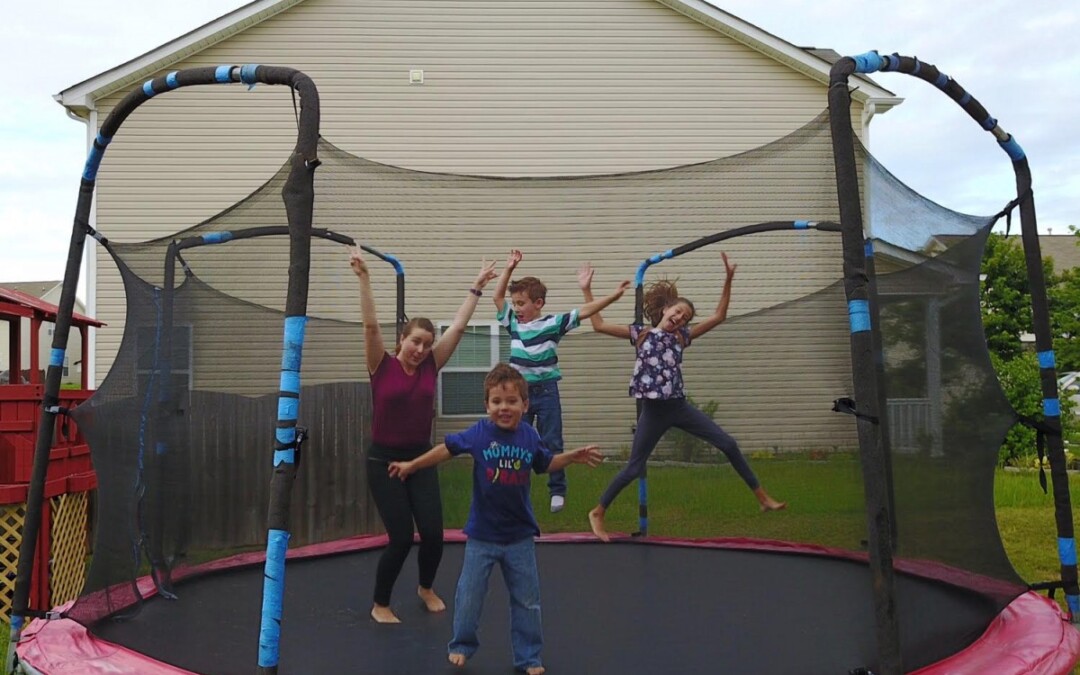
by Lucy | Jun 20, 2017 | Transformation Tuesday
#TransformationTuesday
Like many moms out there I have struggled with my weight and healthy eating habits. I tend to put myself last as I have 4 awesome kids that take precedence of my attention, time, energy, and money for that matter. At the end of every day I would say to myself as soon as I get the kids to bed I will workout, and well it would occasionally happen, but it never lasted. Sometimes weight would come off, but I was tired of feeling sluggish, I wanted a real health change not only for myself but for my kids.
How I started my well-balanced journey
I wanted to figure out what I could do differently and that is why I started working with Well-Balanced Nutrition, and let me tell you, my life has changed so much in less than a year. I did not want a quick fix, a fad diet, or to shame my body because I have children that are learning from everything they see me do. I wanted to provide my children with lifelong tools that will help not only me but the kids be healthy and well-balanced.
Timing is everything
I knew that I did not want to focus entirely on the scale, but more so about how I felt, how my clothes fit, and the fuel I was putting into my body. I began to meet with Lucy, who I was introduced to through my employer, and she was sent to me at the perfect time in my life. Lucy helped me have a better relationship with food and quickly I started to eat more of the rainbow, as she referred to it. This was my first tool. Make my plate colorful, the more color the better, and I am not talking about food coloring, folks. Natural colors and boy what an adventure it has been to explore so many different fruits and veggies as well as different grains. I can tell you, my 4-year-old son, he’s the youngest, loves salad, any kind, and will eat any green leafy lettuce you put in front of him with a meal and often 3 servings. It is truly his favorite food.
Tips for busy moms
As moms know we are busy, but that does not mean we do not have time for a well-balanced meal with our family. Eggs are budget friendly and can be mixed with so many veggies for a filling and healthy dinner when in a rush. It is a go-to meal for me. This has been my power tool. Healthy food does not have to be fancy or expensive. During the week I get our meals on the table in 30 minutes or less and I use the time I have saved to be more active with the kids and they love it.
I recently set up our trampoline in the backyard for the kids again. Now, after dinner, instead of dessert their treat is mommy going out and bouncing with them for 30 minutes! The old saying, a body in motion stays in motion, is very true and we really have fun. Last year, I told the kids, “No, I am too old, I cannot jump on the trampoline,” but ever since I have been practicing a well-balanced lifestyle, and with Well-Balanced Nutrition’s help of keeping me motivated and their tools I have so much more energy to be active, stay active and eat healthy every day.
Every day is a new start, I get up, weigh myself each day to make sure I am staying on track, and with Lucy’s help, I have been able to lose and keep off 15 pounds and counting. But it is not the weight that I am interested in as much as how I feel each and every day, and how I am able to show my children that a happy and active life is better than the life of a couch potato.
Author: Bridget Vazquez Bennett
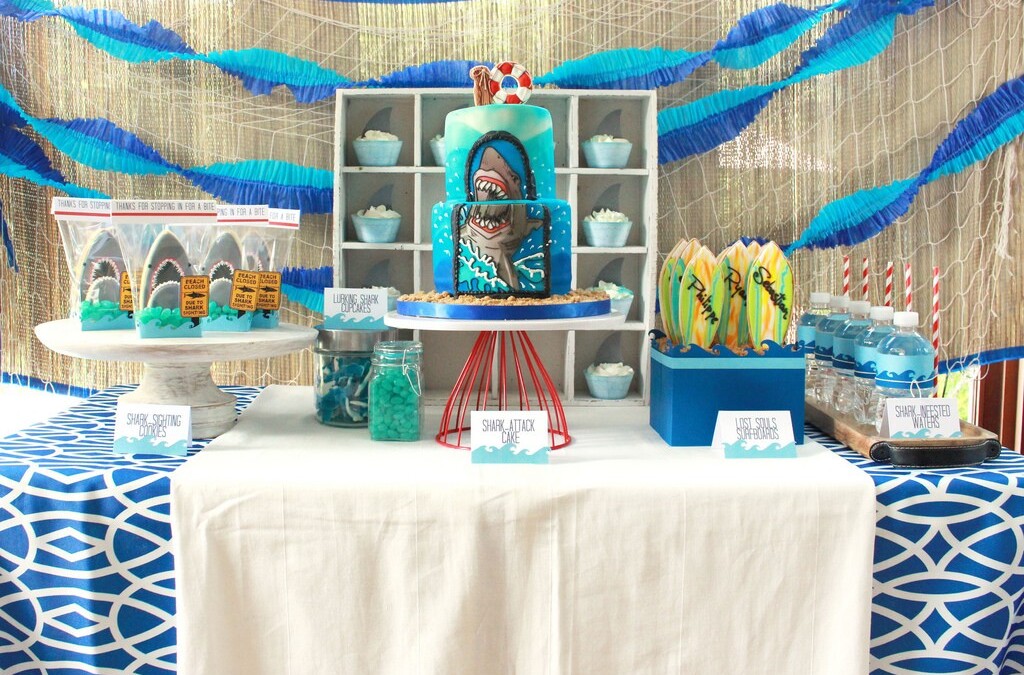
by Lucy | Jun 9, 2017 | Well Balanced Wisdom
Monday, June 5, 2017
It’s Friday night, you made it through another busy week… Time to celebrate.
So often our celebrations include food and maybe an adult beverage or two. Nothing says “happy birthday” like cake, “thank you” like a bottle of wine, or “I love you” like chocolate candy. For many of us, food is our love language and as the saying goes, the quickest way to a man’s heart is through his stomach, right?
We are emotional creatures and we have to eat. Sometimes those feelings – or “all the feels” as Kristen and I say – cause us to eat emotionally.
The birthday cake incident
After a particularly unique week, I found myself in celebration mode last Friday night. It was my nephew’s birthday and naturally, we had cake to celebrate. As my clients will tell you, I practice abstinence when it comes to baked goods with frosting, but my rebel brain decided “it’s an ice cream cake so what’s the harm?!” I had one spoonful from my generous boyfriend, and that’s when the sugar dragon started to roar. I followed that one bite of cake with a large spoonful of marshmallow fluff, potato chips, and hot fudge (a real bedtime snack of champions). Secretly, after everyone was done eating the cake, I went into the freezer and had several more spoonfuls. Looks like I’m human and face the same temptations as everyone else. Luckily, the next morning I was reminded I don’t need to make up because There’s nothing wrong with indulging sometimes and I got right back to practicing the well-balanced way.
In retrospect, I would have used my new handy mindful eating tool, HALT. This acronym – HALT – stands for hungry, angry, lonely, tired and is sometimes used in addiction counseling. The research shows we are more vulnerable to make our worst decisions when we are responding emotionally. Some of us experience more than one at a time (hello, hangry).
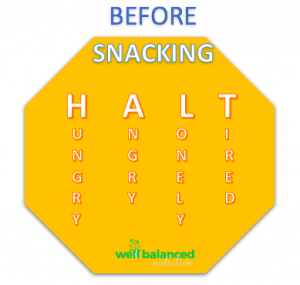
What I didn’t mention before, we started the birthday celebrations at 10:45 PM. That is 15 minutes after my bedtime and not surprisingly I was pretty tired. In hindsight, I realized if I had been true to my self-care I would have graciously said goodnight at 10:30 and prevented the whole sugar binge episode. As I often remind my clients, when our brains are tired they tell us to eat sugar because it’s a quick source of energy.
The solution
First, identify vulnerable moments. Many people I speak with identify as emotional eaters. I would argue that we are all emotional eaters. Some of us turn to food when we are happy, others when we are sad, and some eat food for comfort if we’re lonely. It can turn into a problem when you find yourself doing it often and habitually. Are you making less healthy choices when you get too hungry, angry, lonely, or tired?
Food for thought:
Next time you find yourself tempted to grab food outside of a regular meal or a well-balanced snack, consider this handy tool and ask yourself “am I really hungry or am I angry, lonely, or tired?”
Tell us in the comments below, how do you choose to give yourself loving-kindness in place of using food?



